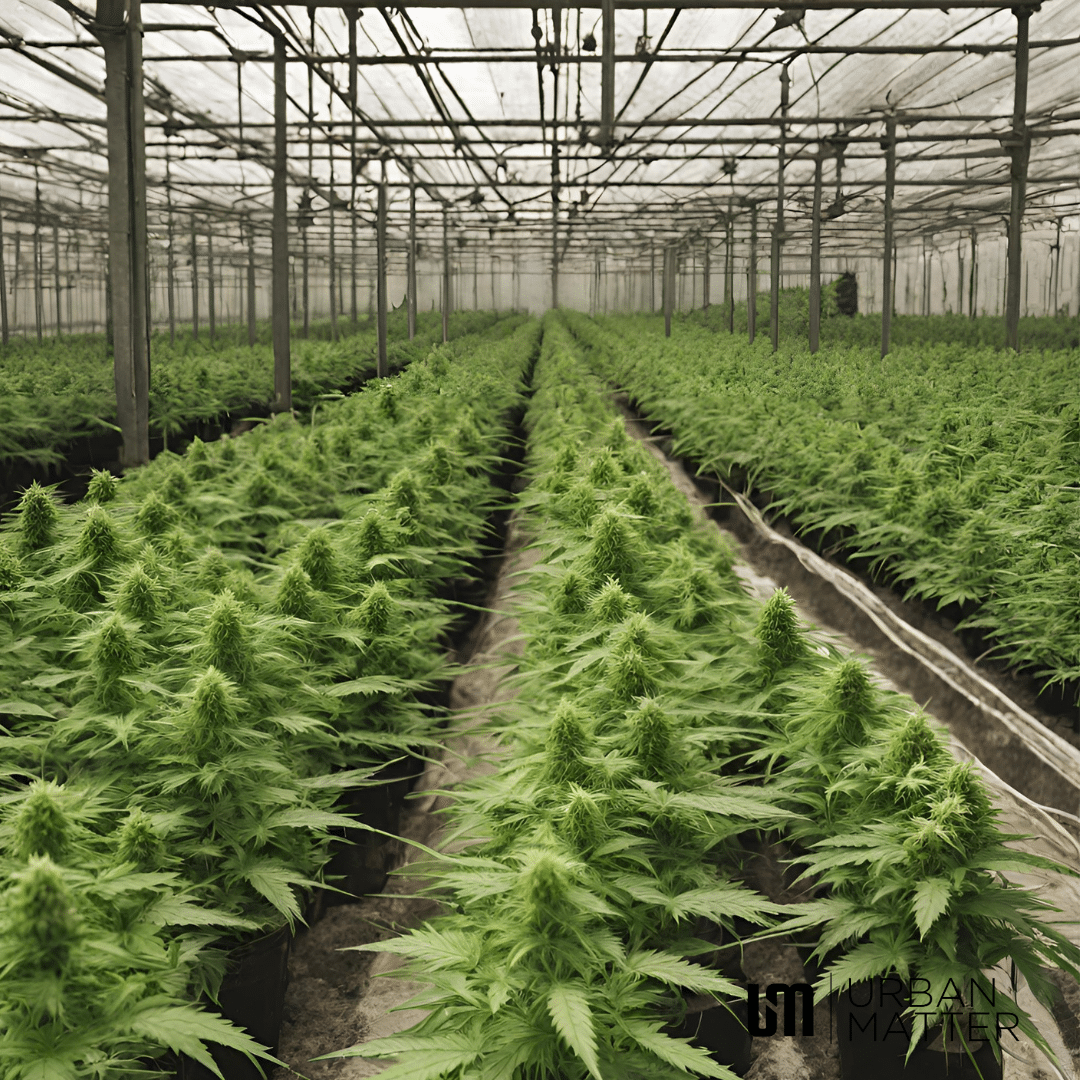Table of Contents
Are you thinking about dipping your toes into the world of cannabis cultivation? You’re not alone! With its surging popularity, a rising number of enthusiasts are trying their hand at growing their own plants. This newfound interest, however, often brings along numerous questions.
“How do I even begin?” “Which soil works best?” “What seeds should I use?”
If these questions echo in your mind, causing a stir of curiosity, you’re in the right place. In this article, we’ll discuss the common cultivation concerns and give you the answer you’ve been looking for.
Let’s begin!
How To Start Your Cannabis Cultivation Journey?
Starting your cannabis cultivation is simpler than you might think. First, you need to research the legal guidelines in your country, as rules differ widely. For instance, in Canada, under federal legislation, adults have the right to possess up to 30 grams of legally-produced cannabis. Additionally, each household can grow a maximum of four cannabis plants.
Next, pick a suitable space. This could be an outdoor garden, a balcony, or an indoor setup. Also, gather essential tools: pots, soil, water, and light (natural or artificial). Lastly, be patient. Growing cannabis is a journey, not a sprint. These are a few things that will ensure your cannabis journey begins with ease.
What Type of Seeds Should You Use?
Stating the obvious, choosing the right seed is crucial for your cannabis journey. There are three main seed types to know:
- Regular Seeds: Just like the name suggests, these are your standard seeds. They can grow into male or female plants. But remember, you’ll need to keep an eye out and remove male plants. Why? Male plants can cause your female plants to produce seeds instead of the buds you want.
- Feminized Seeds: If you’re looking for a simpler path, feminized weed seeds might be your best bet. Why? It’s because these seeds have been specially engineered to eliminate male chromosomes, ensuring that they grow exclusively into female plants. So, you can produce the resin-rich buds most growers desire.
- Autoflowering Seeds: These are the easy-going seeds of the bunch. They don’t rely on light changes to flowers. Instead, they bloom based on age. This makes them a top pick for beginners. Additionally, their predictable growth cycle means less guesswork and more confidence in ensuring a successful harvest.
Which Soil Works Best for Cannabis?
The right soil can make a big difference in your cannabis plant’s health. So, when choosing soil, look for one that’s loose, drains well, and lets air through. Some growers like ready-made mixes like “FoxFarm” or “Black Gold,” while others mix their own with ingredients like coco coir and perlite.
However, most cannabis plants prefer soil that’s a bit acidic, with a pH of around 6 to 7. So, it’s a good idea to check your soil’s pH and adjust it if needed. Ultimately, when you give your plant a comfortable home with good soil, it will grow well.
How To Identify and Tackle Pests?
Pests can be a big problem for cannabis plants. After all, they damage leaves, stunt growth, and reduce your harvest. So, how can you spot them? First, regularly check your plants. Look for holes, yellow or brown spots, and tiny bugs on leaves and stems.
Some common pests are spider mites, whiteflies, and aphids. If you see any, act fast! Start by removing the affected leaves. If the issue is mild, try spraying with water. However, for bigger problems, use natural solutions like neem oil. This oil keeps many bugs away and is safe for your plants.
In addition to this, to prevent pest infestation, always keep your growing space clean and avoid giving plants too much water, as pests love dampness. With care and attention, you can keep your plants pest-free!
When and How Should You Harvest?
Finally, deciding the right time to harvest your cannabis plants ensures you get the best flavor and potency. So, keep an eye on the tiny, shiny structures on the buds called trichomes. If these change color, it means the plant is matured.
Using a small magnifying glass will help you see them better. When they turn from clear to cloudy white, it’s a good sign that the plant is ready. For a stronger effect, wait until they are amber.
When it’s time, use clean, sharp scissors to cut the branches. Then, remove the bigger leaves and hang the branches upside down in a cool, dark place. This simple process ensures you get the best out of your plants!
Final Words
Cannabis cultivation can be a rewarding experience, offering both therapeutic relaxation and a sense of accomplishment. While challenges are part of the process, with time, patience, and knowledge, you’ll soon be relishing the fruits of your labor. We hope this article was helpful for you, and happy cultivation!


